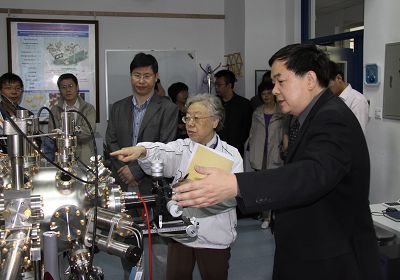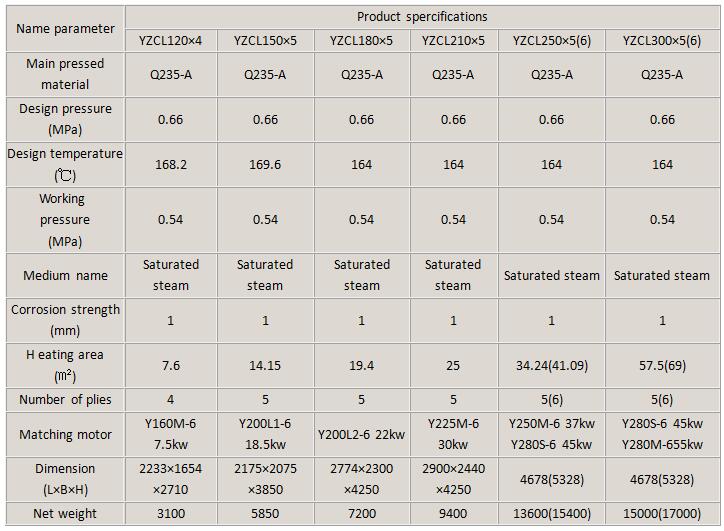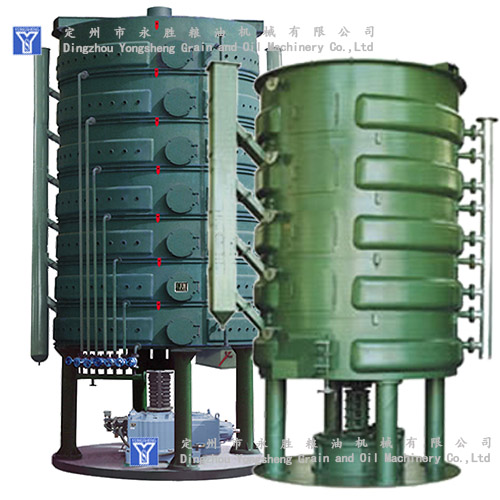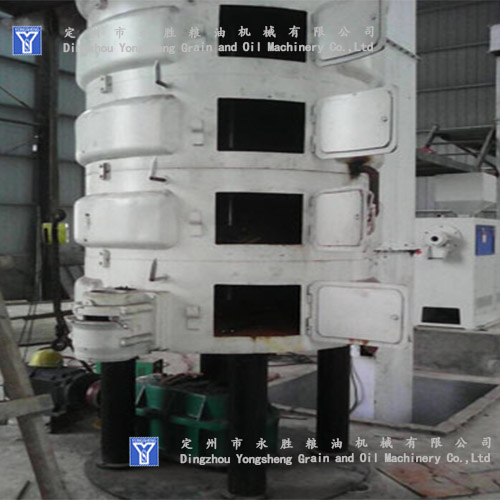Dahua launched the world's first deep ultraviolet Raman spectrometer
 On May 17th, the “National Research Institute for Deep-UV Solid-state Laser Sources†subproject of the “National Research Institute for Deep-UV Ultraviolet Raman Spectroscopy†and “Deep-ultraviolet laser light emission electron microscope†were undertaken by Dalian Institute of Chemicals, Chinese Academy of Sciences. The "Development of (PEEM)" project successfully passed the acceptance of the project hosted by the Planning and Finance Bureau of the Chinese Academy of Sciences. The acceptance committee consisted of 15 experts from Tsinghua University, Xiamen University, Peking University and other institutions, and Zhu Jing, an academician at Tsinghua University, took the chair. Deputy Director Cao Ning and Director Yang Weijin of the Accounting Department of the Chinese Academy of Sciences, General Manager Zhan Wenshan of the General Department of the Project, Director Zhang Tao of the Dalian Institute of Chemical Industry and related personnel from management departments attended the project acceptance meeting.
On May 17th, the “National Research Institute for Deep-UV Solid-state Laser Sources†subproject of the “National Research Institute for Deep-UV Ultraviolet Raman Spectroscopy†and “Deep-ultraviolet laser light emission electron microscope†were undertaken by Dalian Institute of Chemicals, Chinese Academy of Sciences. The "Development of (PEEM)" project successfully passed the acceptance of the project hosted by the Planning and Finance Bureau of the Chinese Academy of Sciences. The acceptance committee consisted of 15 experts from Tsinghua University, Xiamen University, Peking University and other institutions, and Zhu Jing, an academician at Tsinghua University, took the chair. Deputy Director Cao Ning and Director Yang Weijin of the Accounting Department of the Chinese Academy of Sciences, General Manager Zhan Wenshan of the General Department of the Project, Director Zhang Tao of the Dalian Institute of Chemical Industry and related personnel from management departments attended the project acceptance meeting. The project acceptance committee first heard the work report of Academician Li Can, the person in charge of the “Deep-ultraviolet Raman Spectrometer Development†project leader, the test report of the test group, the user’s use report, and the financial review report of the financial team. The inspection of the operation of the instrument was reviewed. Related materials. The acceptance committee believes that this project uses the 177.3nm deep ultraviolet laser light source independently developed by China and adopts an external light path elliptical reflection collection mirror and a triple grating imaging monochromator with a deep ultraviolet region 170-400nm spectral response to successfully develop the first international 177.3. Nm Deep-Raman Raman spectrometer, and for the first time, a continuously adjustable excitation wavelength of 193-240 nm. The spectrometer has been initially applied to Raman spectroscopy in the fields of catalysis, materials, and energy, and has shown unique advantages.
The acceptance committee believes that the performance of the developed deep-ultraviolet Raman spectrometer has reached the requirements of the mission book, the instrument is operating normally, and the scheduled development task has been completed. The successful development of the spectrometer will promote the development of China's deep-UV Raman spectroscopy and its research in the field of catalysis, and further maintain China's leading position in the field of international catalytic characterization research and related research. The acceptance committee unanimously agreed to pass the acceptance, and suggested that the project team strengthen the next-stage application and promotion of related research and instrumentation.
Subsequently, the project acceptance committee heard the work report of Bao Xin and Academician, the person in charge of the “Development of Deep-ultraviolet Laser Light Emitting Electron Microscope (PEEM)†project, the test report of the test group, the user’s use report, and the financial review report of the financial group. The operation of the instrument was reviewed and related materials reviewed. The acceptance committee believes that this project will for the first time apply the deep ultraviolet laser light source (DUV) independently developed by scientists in China to the technology of light emission electron microscopy (PEEM), using the high-energy and high-intensity characteristics of deep ultraviolet lasers to achieve 3.9 nm. Spatial resolution, which is currently the highest level reported in the world. At the same time, in the development of PEEM electronic optics, the first introduction of the mirror lens realizes the aberration correction function, the hemispherical energy analyzer performs the photoelectron energy selection, and the field emission electron gun uses the low energy electron micro imaging and the micro area electron diffraction. The combination of deep ultraviolet laser technology enables the system to realize dynamic in-situ surface chemistry and surface structure under high spatial resolution conditions. It is a world-leading and unique surface research platform.
The system has been successfully applied in the field of catalysis, materials, energy and other fields of in situ and dynamic observation, to achieve the surface process under the conditions of variable temperature and atmosphere, in some areas shows an irreplaceable role. The acceptance committee believes that the project has met the technical specifications specified in the project's mission statement and has completed the scheduled development tasks. The acceptance committee unanimously agreed to pass the acceptance.
The development process of the deep-ultraviolet solid-state laser source cutting-edge equipment research and development project adopts the new project management model of the National Key Scientific Research Equipment Development Project of the Chinese Academy of Sciences. The project management implements the Institute’s legal person responsibility system. The project management working group and the project implementation working group composed of the management departments of the Dalian Institute of Chemical Industry actively promote project implementation. At the same time, it actively cooperates with the project supervision team assigned by the overall project department and the supervision committee. Supervision of project implementation process. The research project implements the responsibility system of the project leader under the leadership of the institute. The project leader formulates a detailed work plan according to the schedule and annual assessment indicators in the Implementation Plan, establishes an internal organization management system and a work schedule management system, and clearly defines the work breakdown. The structure and organizational breakdown structure, as well as the appropriate division of labor and coordination of personnel, implementation of the annual implementation and major events reporting system, and steadily promote the implementation of the project. The acceptance committee believes that the project undertaker has established an effective organizational management system in accordance with the requirements of the project implementation plan. Fund management norms, special funds, rational use, complete technical files. The successful implementation of these two projects has provided reference for the development and development of other major scientific instruments in China.
Oilseed Steam Cooker
Range of application:
1.Mainly used for making raw material become clinker processing with wetting, steaming and frying.
2 .Can be used to soften of oil plants.
Operating principle:
1.The raw materials will be into the pot from the top.
2. Stirring constantly with the aid of heat source.
3 .Water or steam (wet) the raw materils, heating (steaming the material). Drying (Frying).
4 .Can process different oil plants continuously.




Oil Seeds Material Steamed Cooker,Yzcl Steamed Roaster
Hebei Huipin Machinery Co.,LTD , https://www.oilpresschina.com